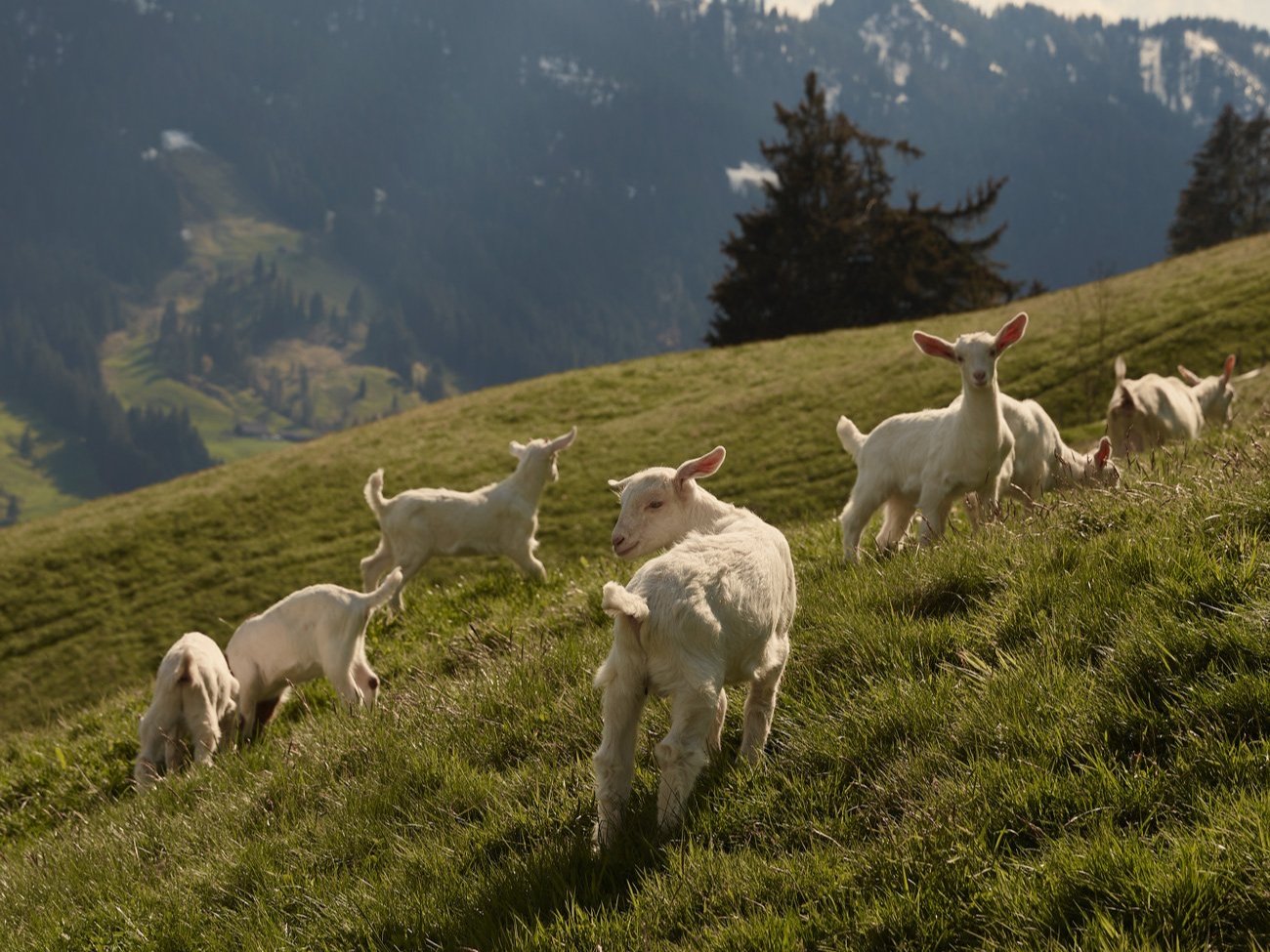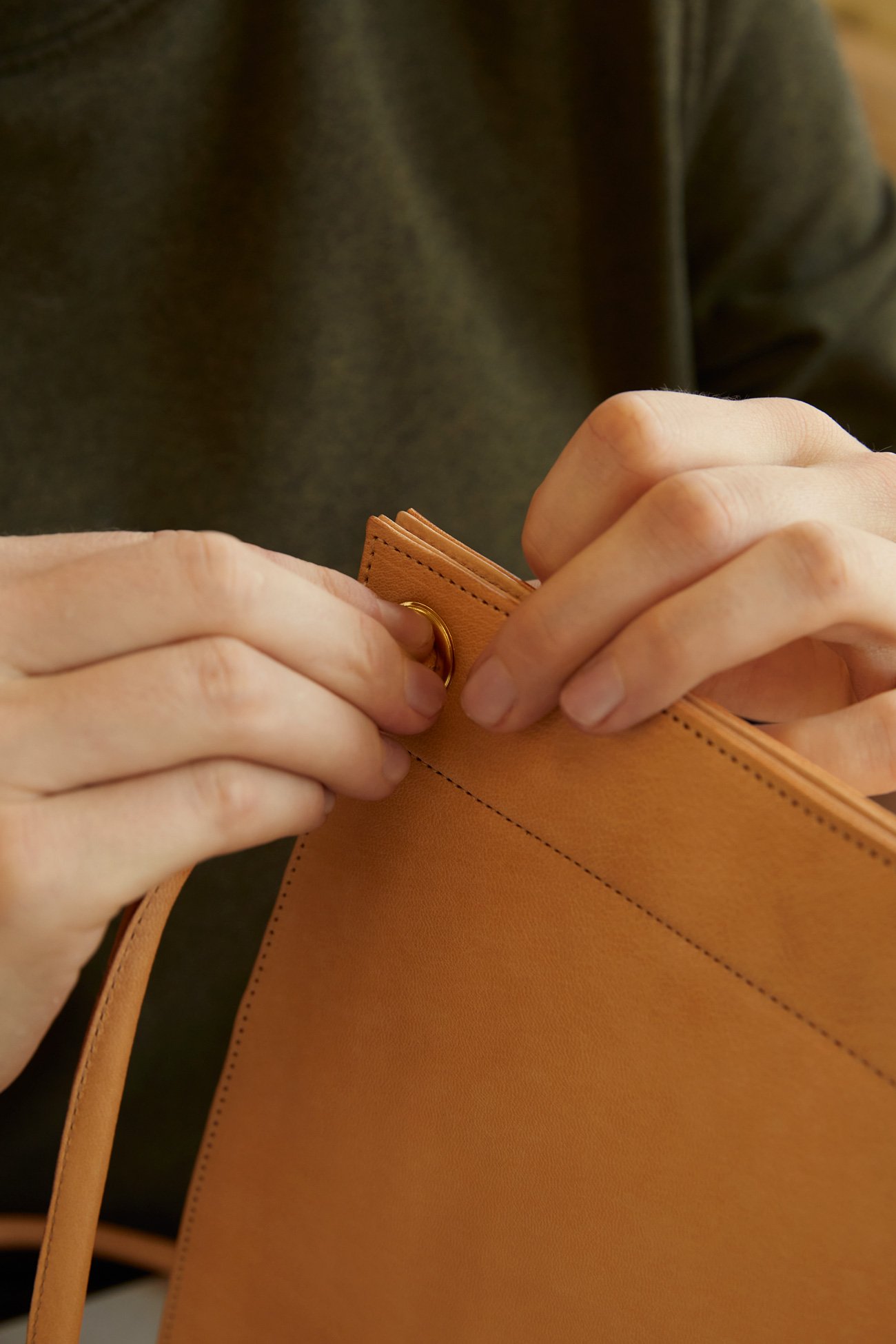From Farm to Table and Closet
For some time now, shopping from the farm has been trending. Regional, seasonal products are not only fresher and of wonderful quality, but also good for our ecosystems. And since we eat several times a day, we can do a lot for climate and nature protection by eating responsibly.
But our fields produce much more than food: Various by-products are generated in the production of food. Be it the wool of sheep, the flax straw from flaxseed production - or the skins of goats.
In Switzerland, about 40,000 goats are kept for goat milk production, mostly in hilly or mountainous regions, where they also contribute to the preservation of high alpine pastures. Their milk is primarily used for goat cheese, the demand for which is growing and growing. Because who doesn't like it, the Salade au Chèvre chaud?
To maintain milk production, the goats give birth to young every year. While the female offspring are kept, there is no use for the male young in particular. As "Ostergitzi" they end up, according to tradition, on our plates at Easter - but the animals' fur is burned. This is what happens to tens of thousands of skins year after year - in Switzerland alone.
We have made it our goal to use this valuable material instead of burning it. We collect the skins from various local butchers and farms, and dry them in our attic. Later we produce beautiful leather from them and have elegant, high-quality bags and accessories sewn that will last a lifetime.



